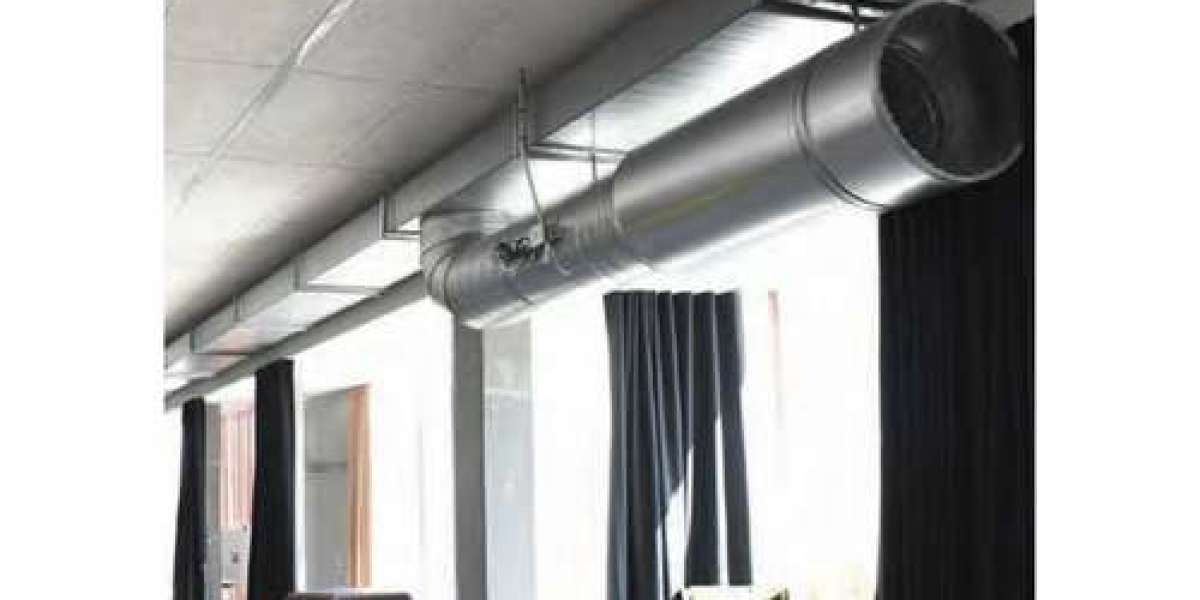Choosing the right type of ducting for HVAC systems is crucial for ensuring efficient airflow, ease of installation, and cost-effectiveness. Rectangular ducting is a common choice in many commercial and residential HVAC installations. Here's a detailed look at the key considerations when choosing rectangular ducting and how it compares to round ducting in terms of airflow efficiency, installation, and cost.
Airflow Efficiency
Rectangular Ducting:
Rectangular ducts tend to have higher friction losses compared to round ducts. This is due to the larger surface area of the internal walls, which creates more resistance to airflow. Additionally, the corners in rectangular ducts can create turbulence, further reducing airflow efficiency. However, proper design and sizing can mitigate some of these issues, ensuring adequate airflow for the system’s needs.
Round Ducting:
Round ducts are generally more efficient in terms of airflow. The circular shape allows air to flow more smoothly, with less resistance and turbulence. This can result in better energy efficiency, as the HVAC system doesn't have to work as hard to push air through the ducts. For applications where maximum efficiency is a priority, round ducting is often the preferred choice.
Installation
Rectangular Ducting:
One of the primary advantages of rectangular ducting is its ability to fit into tight spaces. Its flat sides allow it to be installed against ceilings, walls, or floors, making it ideal for buildings with limited space. This can be particularly advantageous in commercial buildings where ceiling space is often shared with other utilities. However, the installation process for rectangular ducts can be more labor-intensive due to the need for precise cutting and fitting of the duct sections.
Round Ducting:
Round ducts are typically easier and quicker to install because they are often available in longer lengths and fewer joints are required. The simplicity of the shape reduces the need for custom fittings, which can speed up the installation process and reduce labor costs. However, round ducts may require more space for installation, as they cannot fit as snugly into tight or flat spaces as rectangular ducts can.
Cost
Rectangular Ducting:
The cost of rectangular ducting can be higher due to the increased material required for the larger surface area. Additionally, the more complex installation process can lead to higher labor costs. However, the ability to fit into tight spaces and the potential for lower overall ductwork length (due to better space utilization) can offset some of these costs.
Round Ducting:
Round ducting is generally less expensive in terms of materials and installation. The simpler shape requires less metal and fewer fittings, reducing both material and labor costs. The improved airflow efficiency can also result in lower operating costs over the life of the HVAC system. However, the need for more installation space can sometimes negate these cost advantages in buildings with limited room.
Place your online orders: https://www.ductingsuppliesuk.com/shop-online
Summary
When choosing between rectangular and round ducting for an HVAC system, it’s important to consider the specific needs of the building and the HVAC system. Rectangular ducting is advantageous for installations in tight spaces and can be configured to fit complex building layouts. However, it can be less efficient in terms of airflow and more expensive in terms of materials and labor.
Round ducting offers better airflow efficiency, lower material and installation costs, and is quicker to install, making it a cost-effective option for many applications. However, it requires more space, which can be a limitation in some buildings.








